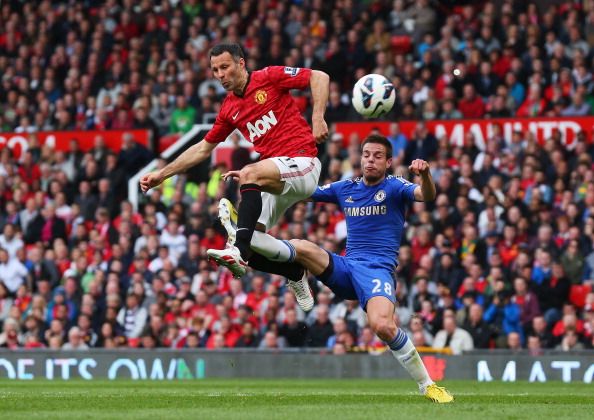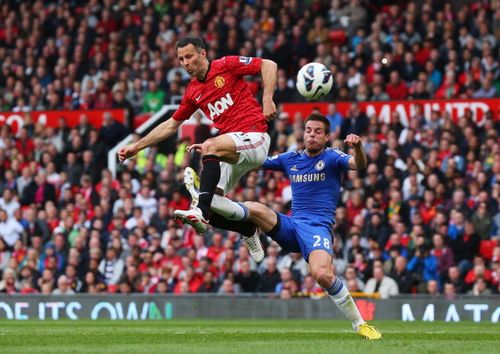
European dominance: Showdown of the elite

In one of the most busiest transfer windows you could ever imagine, English clubs have so far eclipsed other leagues in terms of money spent and quality acquired. The argument of English teams lacking the character to challenge other leagues, after bowing out early in the European front last season, might not live long enough for fans to brag about.
The phase teams in England are going through, the Germans are already past it and the Spanish are at the start of it. Call it rebuilding or transition, every club has to have such a period. But if we observe the statistics of the Champions League over the past 8 years, 72% of the teams in the semifinals have been from England or Spain. To be exact, 23 out of 32 teams have been from the two countries, and if we break those down, English teams have appeared 12 times and Spanish 11.

So what do all these numbers justify? If we take a closer look, on the periods of dominance of a particular league over the past 8 years, we see that, between 2006 and 2009, 3 of the 4 teams in the semifinals have been from England, with Chelsea and Manchester United featuring in all of them and Liverpool in two of them.
While the representation from the Premier League has fallen over the past 4 seasons, the Germans and the Spanish have taken the baton, Chelsea’s triumph in 2012 being an exception.
If we come down to the team level, Barcelona have been the most consistent of all, thanks to a certain Argentine, going on to win the competition 3 times. Manchester United and Chelsea share the honors as the second most consistent teams with 1 win in 4 semifinal appearances. Madrid and Bayern follow with 3 appearances each, but Madrid failed to win in any season, contrary to Bayern, who are the current champions of Europe.

English teams were imperious over a 3 year spell, but managed to win only once, in 2008 and later in 2012. They have been in the reconstructing phase ever since. While Barcelona was, and is, a regular face, Real Madrid came into light with Mourinho in charge. They still are capable of challenging for a semis berth under Carlo Ancelotti.
The German teams, on the other hand, have been lurking around with not so much dominance, and now taken the European elite for a ride. With Bayern Munich knocking on the glory door in the past 4 seasons and finally winning it last term, and Dortmund rising to prominence with more traditional upbringings, one can say that a period of German superiority has indeed started.

The figure shows the number of teams in UCL semis from each league in a particular season.
The Italians, who were ever present in almost every season, are in the most unimaginable state at the moment. Cash strapped and scandal hit, the Serie A has endured a lot of hardships and is just not ready to take on the present elite teams across Europe.
Though Juventus have a much better financial model among the Calcio teams, they lack experience to go the distance. Then there is the case of Paris St. Germain. Ancelotti’s tenure lasted only a year after Madrid came calling, and new man on the block Laurent Blanc has to fill in some heavy boots.
PSG were impressive against Barcelona in the Champions League, but lacked that world class element to get a win. This time around, PSG has a much better team, as they just can’t stop spending. Edinson Cavani (world class) will make the life of opposition defenders miserable as he tries to make his mark.
Now that we have established a theory, lets move on to the practicals. There has been some major movement between the big clubs, with managers getting replaced and also a lot of player movement, particularly strikers.
Previously, we have seen the transfer of managers and their impact on the European stage. Now lets have a brief look into how strong the top leagues are, and chances of their teams making it into the last four of the Champions League.